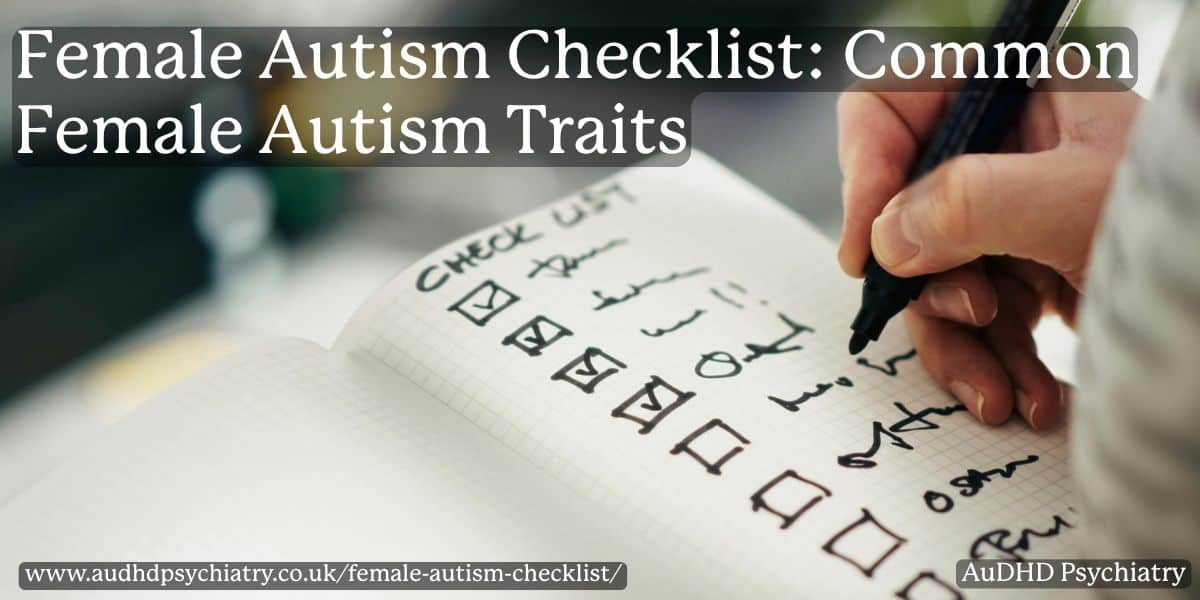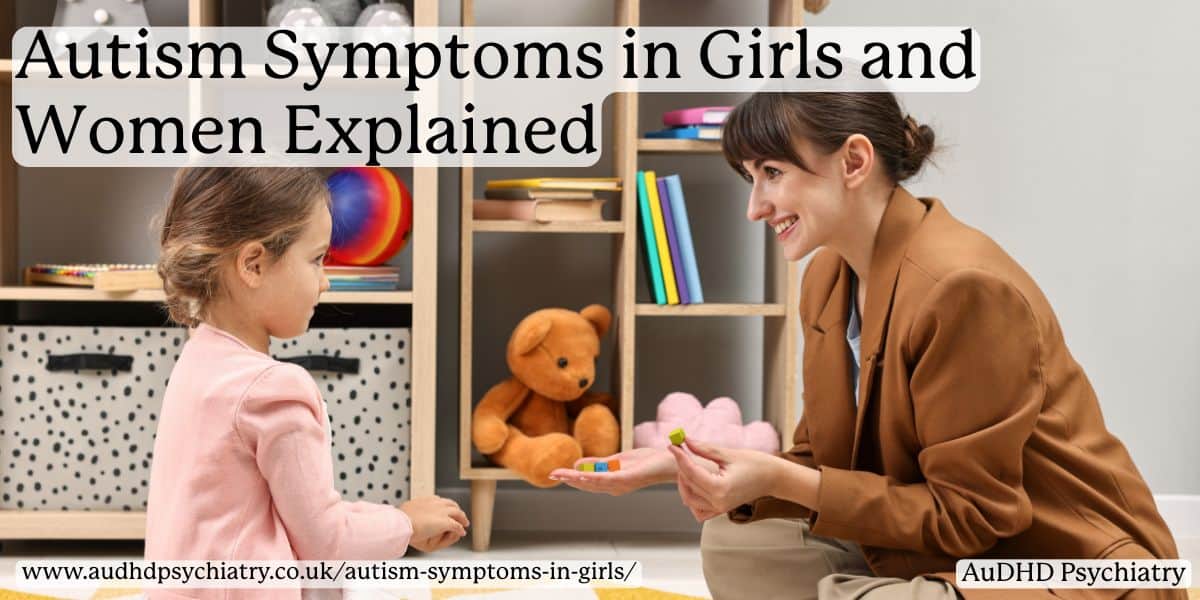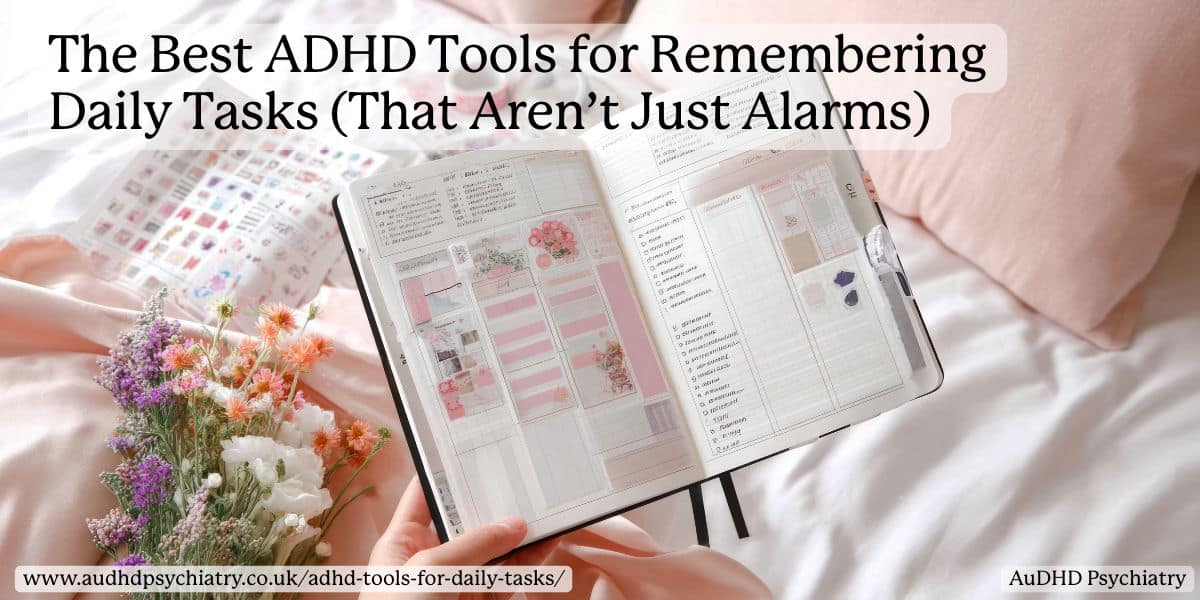
For many people with ADHD, the hardest part of the day isn’t the big deadlines. It’s remembering the small daily tasks that keep life moving. Paying bills, replying to emails, or even putting the laundry on can slip away, no matter how many alarms are set. The ADHD brain often struggles with memory, planning, and sequencing, which makes it harder to complete even routine jobs on time.
For many adult ADHD cases, alarms alone are not enough to create reliable systems. The good news is: there are better solutions. This guide will walk you through a wide range of ADHD tools, from visual aids and to-do lists, to digital planners, gamified apps, and body doubling platforms. Each tool has been chosen to reflect how ADHD shows up in daily life, so you can explore practical options that go beyond alarms. You’ll also find guidance on organisation techniques that can help you build routines, track progress, and manage responsibilities in ways that feel achievable.
If you recognise yourself in these descriptions and feel you may need professional support, the most important next step is to book an ADHD assessment with a qualified clinician. Tools can help you manage daily tasks, but diagnosis and treatment open the door to tailored strategies that make a lasting difference.
Why Alarms Alone Aren’t Enough for ADHD Organization
For many people with ADHD, alarms and pings quickly lose their power. What starts as a useful reminder can turn into background noise or a constant buzz that’s easy to ignore. This “alarm fatigue” means that relying on your phone’s alert system isn’t enough to guarantee task completion.
Executive Functioning and Task Management
At the core of the issue is executive functioning. The ADHD brain often struggles with planning, prioritising, and sequencing steps. An alarm might tell you when to start, but it doesn’t support the “what” or the “how.” Without structure, alarms simply mark time passing rather than helping with the actual task management required to get things done.
Time Blindness and Missed Deadlines
Time blindness is another factor. Many people with ADHD symptoms underestimate how long things take or lose track of time altogether. An alarm set for 2pm might buzz, but by the time you switch tasks and gather materials, the moment has already slipped. Tools that provide visualisation and structure are far more effective than a simple ping on a screen.
Why Reminder Apps Aren’t Enough
Even more sophisticated reminder apps can fall short. While they allow recurring alerts, snooze buttons, and pop-ups, they still rely on willpower in the moment. They don’t solve the underlying difficulties with executive function or motivation. For sustainable task completion, ADHDers need tools that go beyond time alerts and integrate planning, structure, and accountability.
Building a System for Managing Adult ADHD
Instead of relying on alarms alone, ADHD adults benefit from multi-layered systems that combine visual aids, physical planners, and digital tools. These systems create external structures for planning and memory that alarms alone cannot provide.
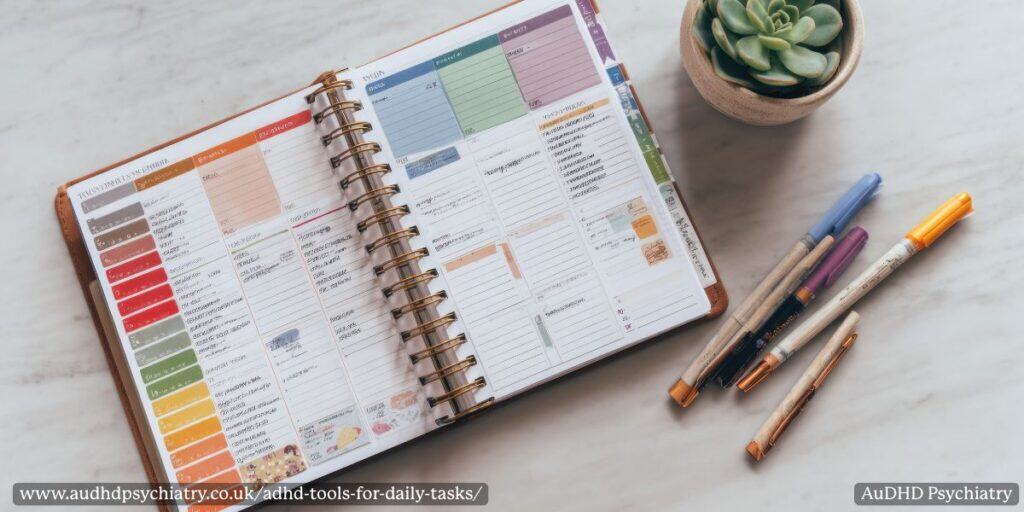
Visual and Written Tools for Daily Tasks
Creating external systems is one of the most effective ways for ADHD adults to overcome memory gaps and disorganisation. Visual and written tools help capture daily responsibilities, break down specific tasks, and reduce the risk of procrastination.
Task Matrix for Prioritising Important Tasks
The Eisenhower Matrix is a simple but powerful task management tool for deciding which activities are urgent versus important. By sorting tasks into four quadrants, you can see which to do now, schedule later, delegate, or drop entirely. This framework helps manage daily life by prioritising important tasks over distractions. For ADHDers, it’s especially useful for reducing decision fatigue and improving focus on what really matters.
Packing Lists and Checklists
Creating to-do lists for specific tasks, for example, a grocery shop, travel packing, or work projects, helps externalise memory and cut down on mistakes. These lists act as reference points throughout the day and can be updated as you go. They’re particularly effective for ADHDers because they reduce the mental load of remembering everything at once. Over time, they also help develop consistency and accountability for daily responsibilities.
Sticky Notes and Visual Reminders
Visual aids are a cornerstone of ADHD-friendly organisation. Sticky notes, whiteboards, and visual timelines placed in high-traffic areas act as external cues. Using bright colours for different categories (work, home, deadlines) makes it easier to process information at a glance. These tools also help counter procrastination by making tasks harder to ignore—a key advantage over digital notifications alone.
Why They Work
These visual and written tools transform invisible tasks into visible actions. They support planning, reduce overwhelm, and encourage regular check-ins throughout the day. For ADHD adults, this approach provides a stronger sense of control, enabling better follow-through and fewer forgotten commitments.
Body Doubling and Accountability Tools
For many ADHD adults, working alone can feel overwhelming. Tasks that seem simple in theory, such as replying to emails, finishing admin, or starting a project, often get delayed due to procrastination or perfectionism. This is where body doubling comes in.
What Body Doubling Is and Why It Works
Body doubling means completing daily activities alongside someone else, either in person or virtually. The presence of another person provides accountability and reduces distractions. For people with ADHD, it creates a gentle pressure to focus, turning “I’ll do it later” into “I’ll do it now.”
Benefits include:
- Reducing avoidance linked to perfectionism.
- Minimising the risk of abandoning different tasks halfway.
- Improving follow-through on daily responsibilities and work projects.
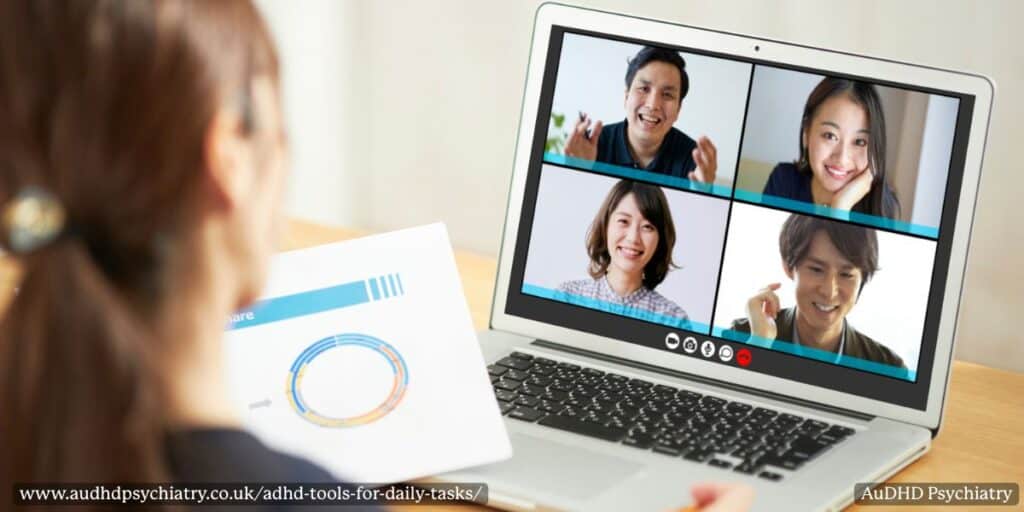
Virtual Tools for Accountability
Body doubling no longer requires a colleague, family member, or friend in the same room. Digital platforms make it accessible worldwide.
Some popular options include:
- Focusmate – Pairs you with a virtual partner for timed focus sessions.
- ADHD coworking platforms – Specialised groups that bring together people with similar struggles for shared productivity sessions.
- Peer-led study groups – Useful for students and young adults who need structured accountability.
These tools are particularly helpful for ADHD adults who thrive on external motivation but may lack consistent accountability in their everyday environments.
Why It Matters
Body doubling works because it lowers the activation energy needed to begin. Once the task has started, the ADHD brain is more likely to maintain momentum. Combined with other tools like planners or focus apps, body doubling can make a significant difference in task completion and managing daily life.
Routine Builders and Habit Trackers
Consistency is one of the toughest challenges in managing adult ADHD. Starting a new planner, app, or routine may feel motivating at first, but without reinforcement, it often fades. This is where habit formation tools and structured planners help build reliability.
Why Routines Help ADHD Adults
Creating a morning routine or evening wind-down ritual reduces the mental effort of deciding what to do next. By automating parts of daily life, routines free up energy for more demanding daily activities. This is especially important for those facing time management issues or struggling with executive function skills.
Tools That Support Habit Formation
Some planners and systems are designed with ADHD in mind, combining scheduling with reflection and goal setting. Examples include:
- Panda Planner – Encourages positivity with gratitude prompts and structured daily layouts.
- Passion Planner – Integrates organisation techniques with goal-setting and progress reviews.
- Academic planners – A strong option for students balancing multiple assignments and important deadlines.
Each tool provides external structure, making it easier to stick with new habits.
Are these struggles resonating with you? Feel free to try any of these tools, and we hope you find the best one that works for you. If you’re also feeling the need to see if your challenges might be related to ADHD, book an assessment call with our team. We’ll be happy to help you alleviate your worries.
Habit Trackers and Visual Cues
In addition to planners, dedicated habit tracking tools can build consistency:
- Mobile apps that track streaks for health, study, or self-care habits.
- Paper-based trackers using stickers, stamps, or coloured grids.
- Simple printable habit logs for those who prefer paper planners.
These systems provide a visual record of progress, offering a sense of accomplishment with every completed task.
Building Long-Term Consistency
No tool works without practice, but pairing planners with habit trackers helps ADHD adults stay accountable. Over time, these tools support not only organisation techniques but also emotional resilience by proving that progress is possible through steady, small wins.
If you’ve been struggling with daily productivity and want to find out if your experience aligns with ADHD traits, take our free ADHD test. While this is not a diagnosis, it might help you decide whether it’s time to go for a full assessment.
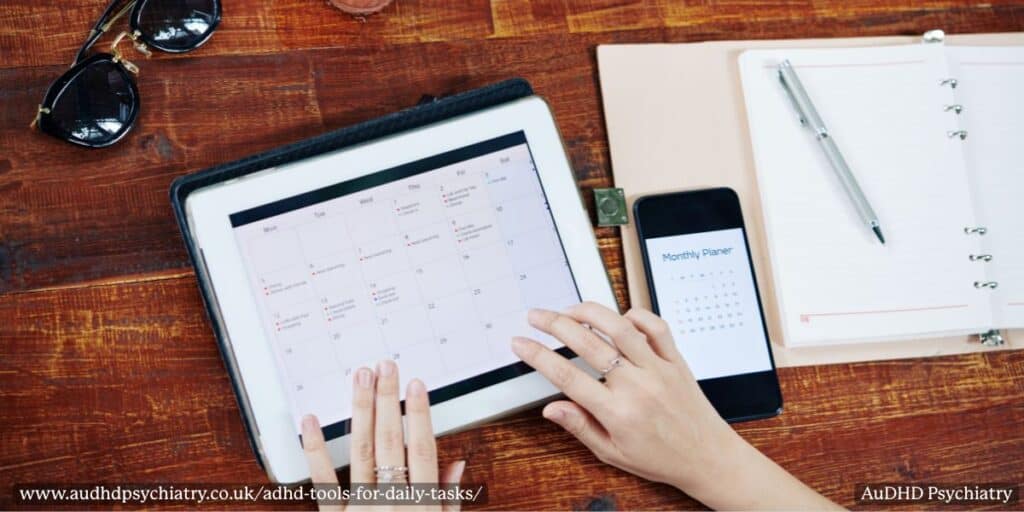
Hybrid Systems: Paper Meets Digital
For many ADHD adults, choosing between a paper planner and digital tools feels like an either-or decision. In reality, the most effective planner system often combines both. By blending tactile, visual elements with the convenience of technology, hybrid systems provide the best of both worlds.
Why Paper Still Works
A paper planner offers something digital systems can’t: tangibility. Writing by hand strengthens memory, and customisation options like bullet journaling allow for creative layouts that reflect personal style. Tools such as coloured pens, stickers, and doodles add variety and keep planning engaging. The drawback, however, is that paper alone can’t provide real-time alerts.
Digital Tools for Flexibility
Digital tools like calendar apps or task managers excel at set reminders, recurring tasks, and integration with team members or project management systems. They’re portable, searchable, and adaptable. For busy adults juggling work projects and family commitments, apps can reduce the mental load of remembering everything.
How to Combine Paper and Digital
The key is to assign roles to each system. For example:
- Use a paper planner for brainstorming, daily journaling, and flexible layouts.
- Pair it with Google Calendar or a focus timer app for deadlines and alerts.
- Combine a bullet journal with a timer app or physical timers to structure work sessions.
Why Hybrid Systems Work
Hybrid systems succeed because they reduce reliance on memory and provide both visual tools and real-time accountability. Paper provides clarity and engagement, while digital apps offer automation and reminders. Together, they give ADHDers a flexible structure that adapts to their unique needs.
Tips to Make ADHD Tools Stick
Owning the “best” planner or app doesn’t guarantee success. The real challenge is building consistency and preventing overwhelm. These strategies can help ADHD adults get long-term value from their chosen tools.
Start Small and Avoid the Rabbit Hole
It’s tempting to try every app or redesign your planner weekly. But over-customisation leads to procrastination. Instead:
- Choose one or two tools to start with.
- Avoid falling into the rabbit hole of testing every option.
- Add complexity only when a system already feels stable.
Pair Tools With Existing Habits
Tools are most effective when linked to routines you already follow. This method, known as habit stacking, builds reliability:
- Review your planner with your morning coffee.
- Use sticky notes near your front door for reminders.
- Check your to-do lists before bed to prep for the next day.
For a broader set of tools and techniques, see our guide on ADHD Resources & Tools.
Visualise Progress
ADHDers often thrive when progress is visible. Adding visual tools to your system provides motivation and accountability:
- Vision boards to highlight long-term goals.
- Brain dumps to clear clutter and capture important info.
- Trackers for self-care areas, sleep, or exercise.
Celebrate Small Wins
The ADHD struggle with motivation is ongoing, but marking small wins builds confidence. Whether it’s finishing a grocery list, sticking to a morning routine, or completing a work project, record your achievements for a stronger sense of accomplishment.
By combining the right strategies with consistency, ADHD adults can transform ADHD tools into lasting supports for daily life.

When Tools Aren’t Enough
Planners, apps, and ADHD-friendly systems can transform daily organisation, but they are not a substitute for medical care. ADHD is a recognised neurodevelopmental disorder, which means its impact extends beyond time management and forgetfulness. For many people, relying on tools alone won’t resolve deeper challenges with focus, mood, or executive functioning. Recognising when to seek professional support is just as important as choosing the right system.
Why ADHD Tools Have Limits
ADHD tools help with surface-level organisation. A to-do list app might keep track of deadlines, and a paper planner can help you see daily routines more clearly. But tools cannot address the root causes of adhd symptoms, such as impulsivity, inattention, and emotional regulation. They also cannot replace clinical treatments like adhd medication, therapy, or coaching.
Think of these tools as scaffolding: they provide support, but they cannot rebuild the foundations. Without clinical input, even the best tools may fall short in moments of high stress, burnout, or significant life changes.
When to Consider Professional Treatment
You may benefit from seeking additional help if:
- You consistently miss important events despite using planners and apps.
- Task lists grow overwhelming, and procrastination prevents task completion.
- You struggle with side effects of untreated ADHD, such as poor sleep or mood changes.
- Daily activities like paying bills, attending appointments, or managing work projects feel unmanageable even with systems in place.
If these situations sound familiar, it’s time to consider professional intervention. ADHD is not simply a matter of “trying harder” or finding the right app. It’s a condition that requires a comprehensive approach.
Treatment Options Beyond Tools
The most common treatment options include:
- ADHD Medications – Stimulants and non-stimulants can improve focus, working memory, and emotional regulation. Medication reduces the mental “heavy lifting” required to keep track of daily lives.
- Therapy and Coaching – Cognitive behavioural therapy (CBT) and ADHD coaching provide structured approaches for managing procrastination, negative thought patterns, and stress. These services also introduce right strategies for long-term planning.
- Support Groups – Connecting with others who face similar challenges offers accountability and validation. Family members can also play a role in providing encouragement and sharing responsibilities.
When Tools and Treatment Work Together
Importantly, professional support doesn’t mean abandoning tools. Instead, it enhances them. For example:
- A person on medication may find bullet journals or habit trackers easier to maintain.
- Coaching may make it simpler to choose the most critical tasks each day.
- Therapy may highlight which time management tools match your individual needs.
By combining tools with treatment, you create a holistic support system that manages both the adhd struggle of daily routines and the neurological differences underlying it.
Conclusion: Finding the Right ADHD Tools for You
The search for the best ADHD tools isn’t finding a magic fix. Instead, it’s building systems that fit your unique needs. For some, to-do lists or pomodoro timers may be enough to bring structure. For others, combining digital tools, paper planners, and body doubling provides stronger accountability.
The key is experimentation. Try different strategies, track which ones make a sense of accomplishment possible, and adapt them to your lifestyle. Above all, remember that tools support daily organisation, but they do not replace professional care.
If you’re ready to move beyond trial and error, the best step you can take is tobook an ADHD assessment and explore treatment options alongside practical strategies. With the right balance of tools, routines, and professional support, you can transform personal tasks into achievable progress and build a more confident, organised future.
You Might Also Like
Contact Us
We’re here to answer any questions you might have.
Get in Touch
Opening Hours
Contact Form
We’re here to help. Reach out and we’ll get back to you within 24 hours (Monday – Friday).


